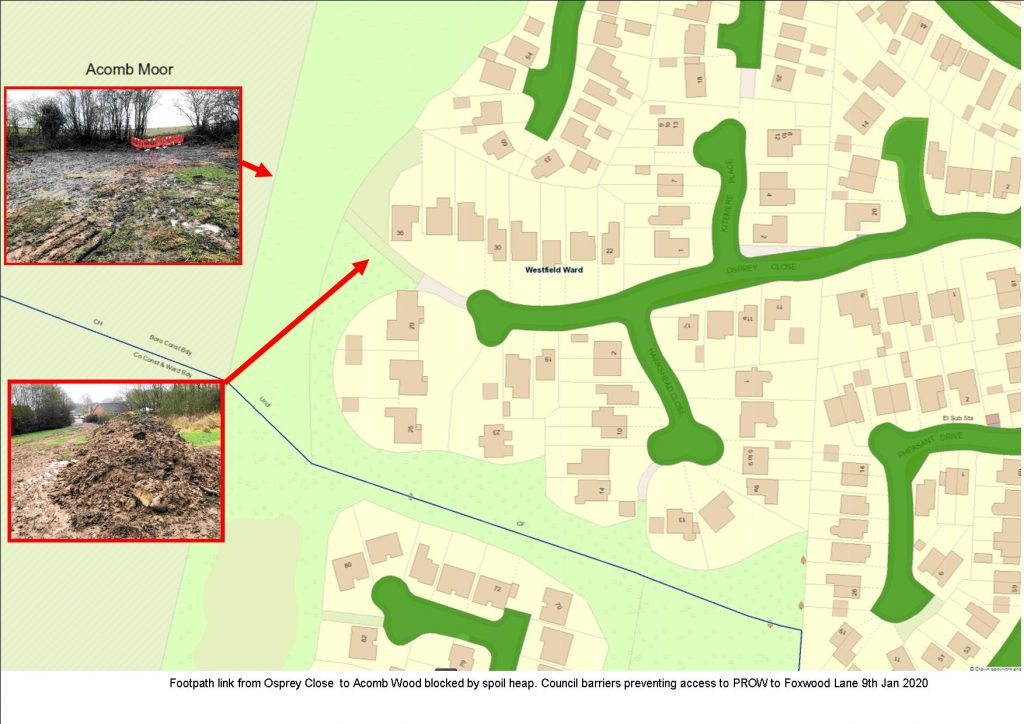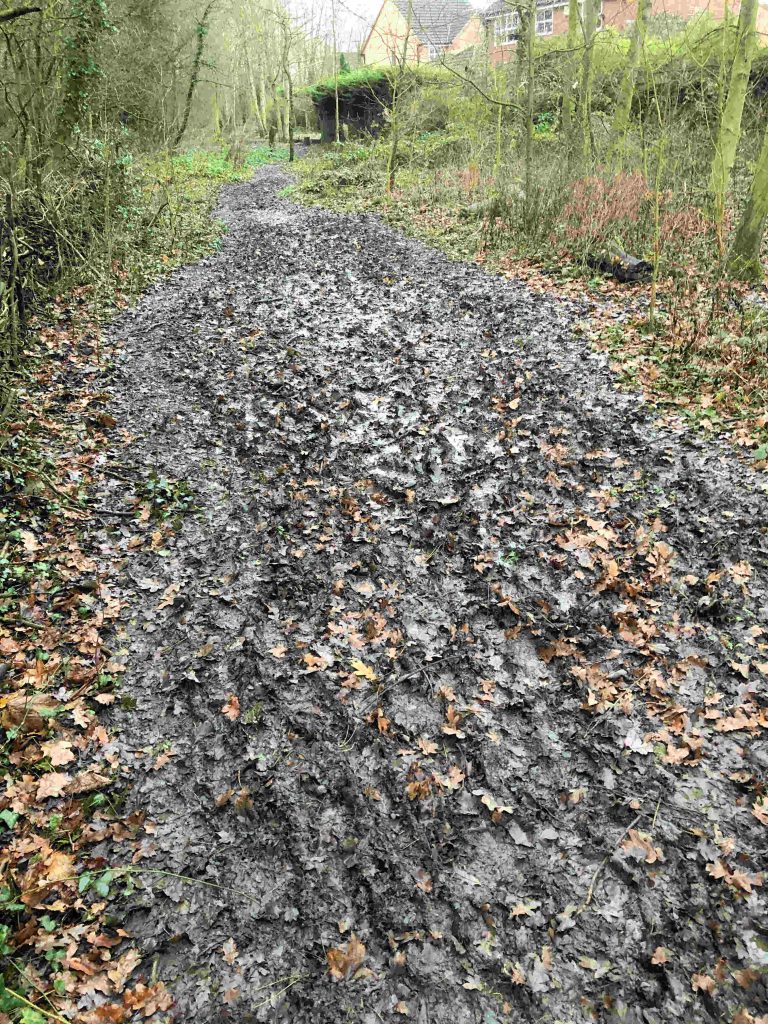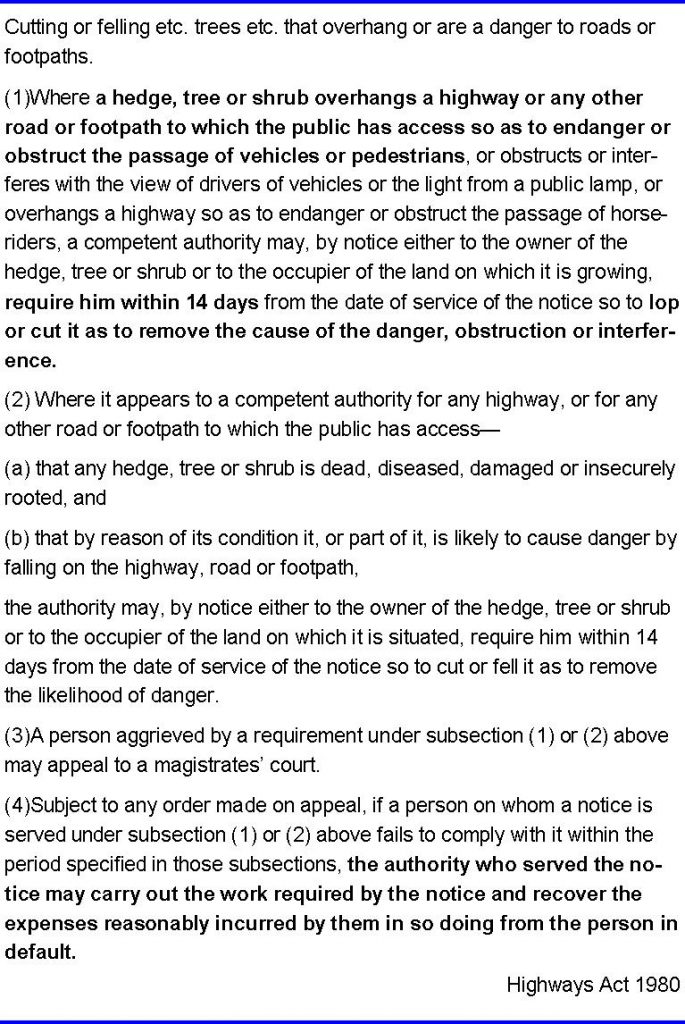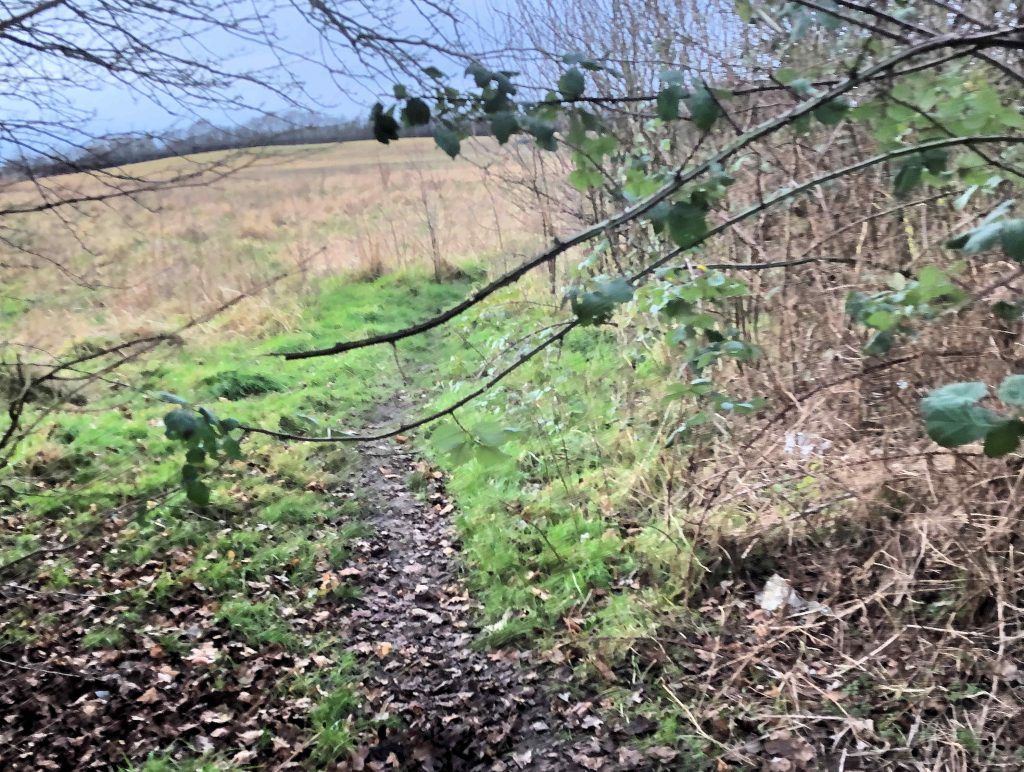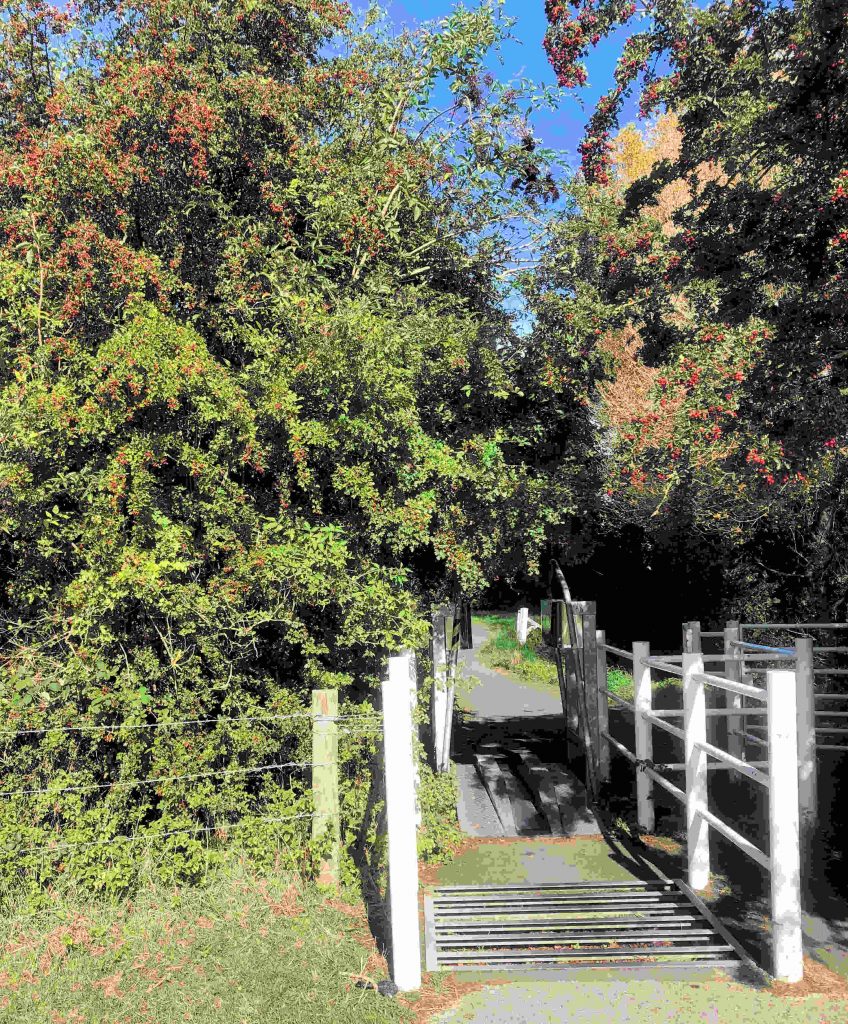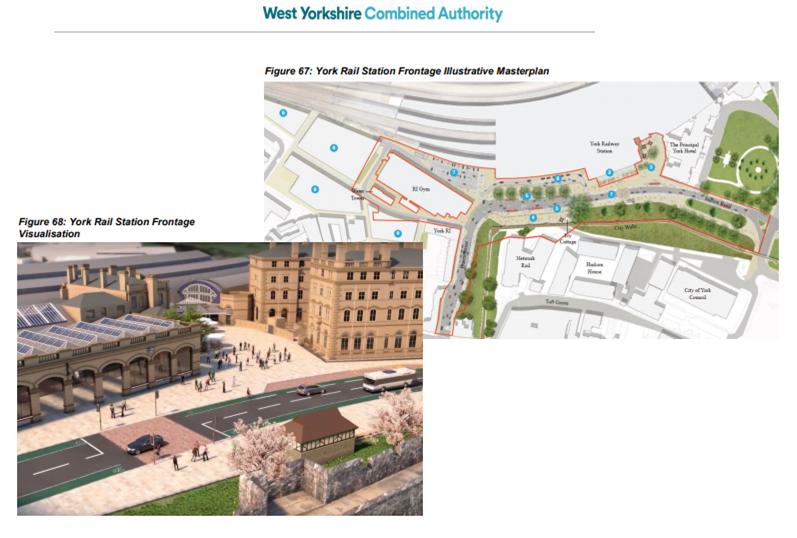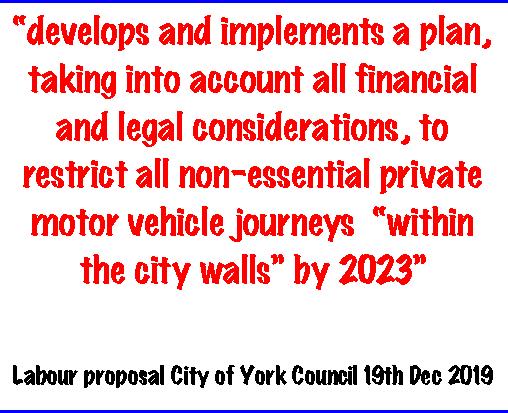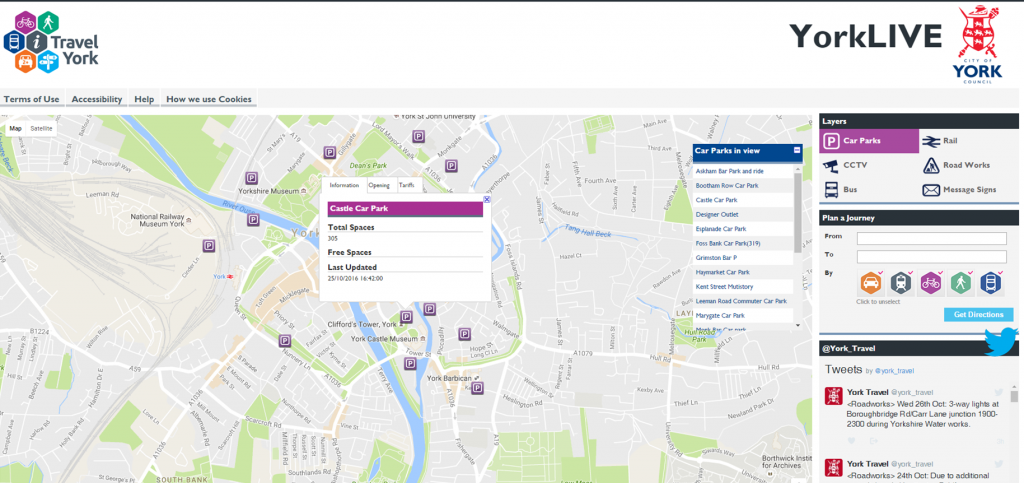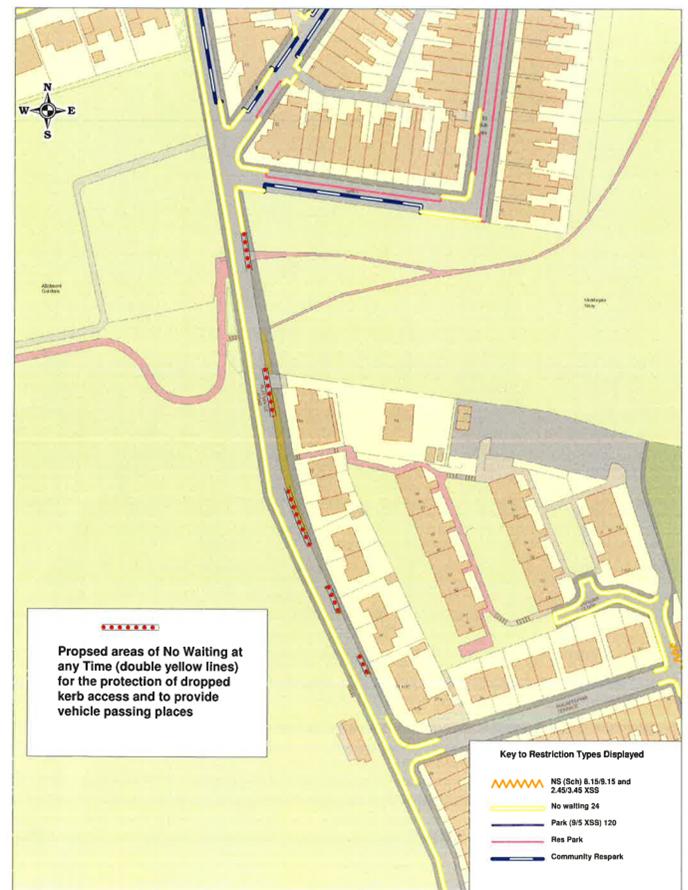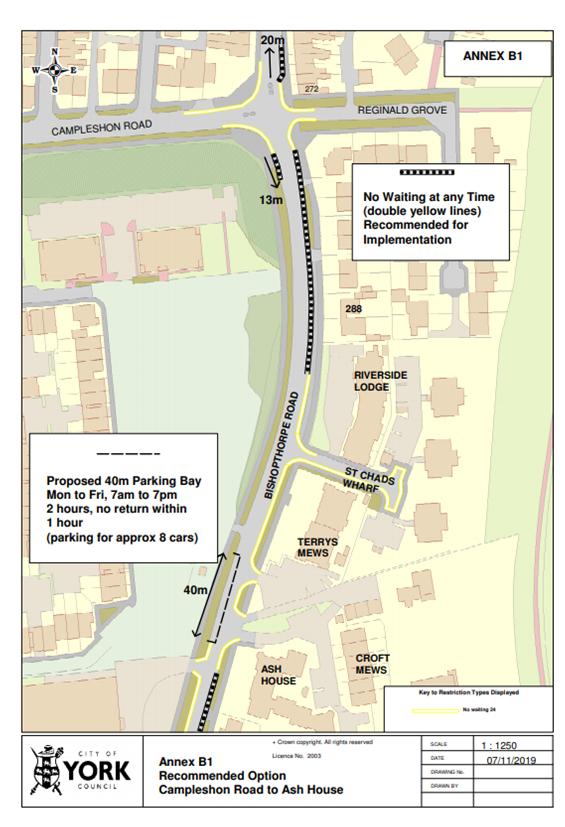Comments from some Councillors on social media suggest that the half-baked plan to ban all “non-essential” private cars from the City Centre is not what it at first seemed.
Politicians have been falling over themselves to reassure drivers that there will be exemptions from the ban for those driving to City centre destinations. These include blue badge holders, those driving to off street public car parks, those driving to workplace car parks, those driving to their (City centre) homes, those making deliveries, taxis, tradespeople, those driving ULEVs and more.
The “ban” is now being re-positioned as an attempt to prevent the “through movement” of cars (vehicles beginning and ending their journeys outside the City Walls).
That is an argument that took place more than 2 decades ago
when the Council closed access to Deangate (next to the Minster), several streets
were pedestrianised and Coppergate was closed to general traffic for most of
the day.
In effect, there is now little “through” traffic using Ouse bridge. There is likely to be even less traffic on the bridge when the Castle car park closes next year. Closure of Ouse Bridge to general traffic is included as an option in the current LTP albeit after improvements to the A1237 bypass have been completed. A new Local Transport Plan is due next year and could provide a background for an informed debate.
There is one big issue. The Labour proposal amount to a 24/7 ban on private cars using Lendal Bridge, which does have an element of through traffic using it. It is the bodged, ANPR enforced, Lendal Bridge restriction re-badged and greatly extended.
That is why the Labour Councillor, who is acting as a surrogate for disgraced former transport chief Dave Merrett (who now heads the local Labour party organisation), has included the whole of the area within the City Walls in his car ban plan.
The additional journey times for people trying to drive from, for example, the railway station area to east York and beyond using the, already congested, Clifton or Skeldergate bridges should be revealed.
As well as origin and destination statistics the Council is also able to publish congestion trend data. The length of traffic queues on most arterial routes – as a result of initiatives like “park and ride” – are now less than they were 20 years ago.
The trick is to reduce congestion not gamble with changes that could make matters worse.
Cllr D’Agorne- the current transport chief – has also admitted that he was briefed last summer on plans to seek funding for a “driver-less” shuttle service in the central area.
He says that he maintained confidentially about the plan as officials didn’t want other cities to hijack the idea. No consultation was undertaken.
Some will feel that, if funding is allocated (£4 million is being sought), then the pressure to implement a potentially hazardous system will overcome any objections from concerned residents.
Another project for the “row back” quickly brigade?
